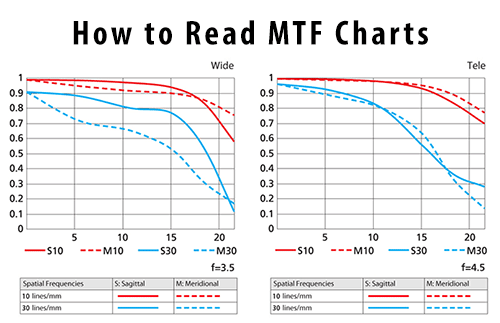Paultricounty
Well-known member

The use of these terms has come up so many times that I feel they are being misapplied or possibly misinterpreted by us users. When doing a review of an optic here is how I’ve been using the terms.
Resolution, to me means and how Ive been applying it to optics, is how much detail I can see on an object. How many vanes can I see or discern on a wing feather.
Contrast is more a difference in luminance of color difference. An example here for me, I can see more detail , another vane on the feather with SF, but seem to see more coloration difference on each part of that feather better in an Ultravid or Noctivid. Here is where Leica seems dominate to my eyes (always have to add the disclaimer, to me, to my eyes etc. etc.). It’s seems to my small sphere or group, that is a consensus.
Sharpness is how crisp the image is or appears. This can be very subjective but the sharpness in the image will usually add resolution and contrast compared to less sharp Optics. Sharpness can and does help with seeing the small details..
I know there are several methods to test this. The rise distance technique, MTF (modulation transfer function) and some algorithm testing. These tests are above my pay grade in optical knowledge.
It seems that these three terms are being used synonymously and in many ways rightly so, and can confuse a reader of a review. I think part of the reason is that each manufacturer's optical design, coatings and light transmission all play a role in each individuals eye/brain perception. Therefore some people will be able to see a very perceptible resolution difference in Zeiss and others see very little when comparing to a Leica, as the contrast benefit in the Leica makes up in some degree for the better resolution in the Zeiss design.
Paul
Resolution, to me means and how Ive been applying it to optics, is how much detail I can see on an object. How many vanes can I see or discern on a wing feather.
Contrast is more a difference in luminance of color difference. An example here for me, I can see more detail , another vane on the feather with SF, but seem to see more coloration difference on each part of that feather better in an Ultravid or Noctivid. Here is where Leica seems dominate to my eyes (always have to add the disclaimer, to me, to my eyes etc. etc.). It’s seems to my small sphere or group, that is a consensus.
Sharpness is how crisp the image is or appears. This can be very subjective but the sharpness in the image will usually add resolution and contrast compared to less sharp Optics. Sharpness can and does help with seeing the small details..
I know there are several methods to test this. The rise distance technique, MTF (modulation transfer function) and some algorithm testing. These tests are above my pay grade in optical knowledge.
It seems that these three terms are being used synonymously and in many ways rightly so, and can confuse a reader of a review. I think part of the reason is that each manufacturer's optical design, coatings and light transmission all play a role in each individuals eye/brain perception. Therefore some people will be able to see a very perceptible resolution difference in Zeiss and others see very little when comparing to a Leica, as the contrast benefit in the Leica makes up in some degree for the better resolution in the Zeiss design.
Paul
Last edited by a moderator:










